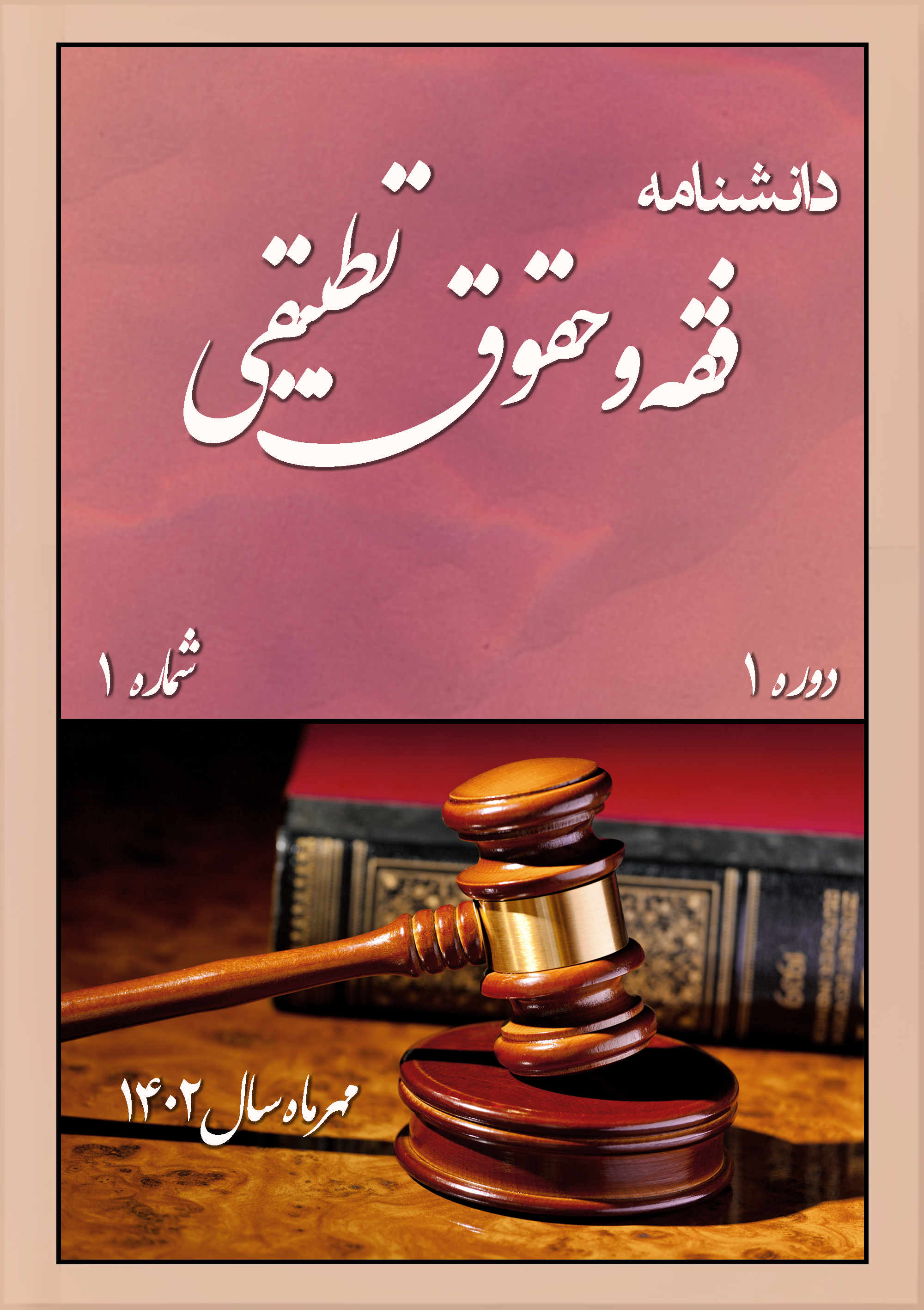Examining the Jurisprudential Foundations of Civil Liability in the Transmission of Contagious Diseases (Principles of No Harm, Direct Damage, and Causation)
Keywords:
Civil liability, communicable diseases, principle of no harm, direct damage, causationAbstract
This study seeks to examine the jurisprudential foundations of civil liability arising from the transmission of infectious and communicable diseases. Given the importance of public health and the experiences of global epidemics, clarifying the religious and legal duty of the patient or potential carrier has particular significance. The present research, using a descriptive and analytical method and supported by library resources, analyzes three important jurisprudential principles as the basis of civil liability. The findings indicate that the principle of La Darar (no harm) as a key foundation prohibits any act or omission that causes health-related harm to others. On this basis, an individual who, knowingly and deliberately, exposes others and thereby spreads disease is liable for the damages incurred. The principle of Itlaf (direct damage) applies in cases where a person directly and immediately acts as the cause of transmission (such as deliberately sneezing or coughing on another person). In such instances, the individual is considered a mubashir (direct agent) in the destruction of another’s health and is held responsible. Furthermore, the principle of Tasbib (causation) is applicable when a person indirectly, through preparatory or negligent conduct, facilitates the transmission of disease. Failure to observe quarantine, concealing illness, or unauthorized use of contaminated public instruments and facilities constitute instances of tasbib. According to this principle, the musabbib (indirect cause) is deemed liable.
Downloads
References
Al-Farahidi, K. i. A. (1989). Kitab al-Ayn (2nd ed.).
Al-Husseini al-Maraghi, S. M. A. a.-F. i. A. (1997). Al-Anawin al-Fiqhiyah (1st ed.). Islamic Publications Office.
Al-Jawhari, I. i. i. H. (1990). Al-Sihah (1st ed.). Dar al-Ilm lil-Malayin.
Al-Najafi, M. H. (1984). Jawahir al-Kalam fi Sharh Shara'i' al-Islam (7th ed.). Dar Ihya' al-Turath al-Arabi.
Al-Raghib al-Isfahani, H. i. M. (1992). Mufradat Alfaz al-Quran (1st ed.).
Al-Turayhi, F. a.-D. i. M. (1996). Majma' al-Bahrayn (3rd ed.).
Ansari, M. (2005). Encyclopedia of Private Law. Mehrab-e Fekr.
Emami, S. H. Civil Law. Islamiyah Publications.
Ibn al-Athir, M. i. M. Al-Nihayah fi Gharib al-Hadith wa al-Athar (1st ed.). Isma'ilian Publications Foundation.
Ibn Manzur, M. i. M. (1994). Lisan al-Arab. Dar al-Fikr.
Khomeini, S. R. M. Tahrir al-Wasilah. Dar al-Ilm Publications Institute.
Muhaqqiq Damad, S. M. (1986). Legal Rules (Qawa'id al-Fiqh) (12th ed.). Center for the Publication of Islamic Sciences.
Mustafavi, S. M. K. (2001). One Hundred Legal Rules (Mi'ah Qa'idah Fiqhiyah). Islamic Publications Office.
Qeysari, S. A., Yusefzadeh, M., & Mohammadi, M. R. (2021). An Analytical and Critical View on Protective Measures and Preventive Mechanisms in Iranian Civil Liability Law. University of Tehran Private Law Studies Quarterly, 50(2).
Taheri, H. (1998). Civil Law (2nd ed.). Islamic Publications Office.
Downloads
Published
Submitted
Revised
Accepted
Issue
Section
License
Copyright (c) 2025 سیدحسین مهیمنیان نژاد (نویسنده); حسن حیدری; سیدحسام الدین حسینی (نویسنده)

This work is licensed under a Creative Commons Attribution-NonCommercial 4.0 International License.









